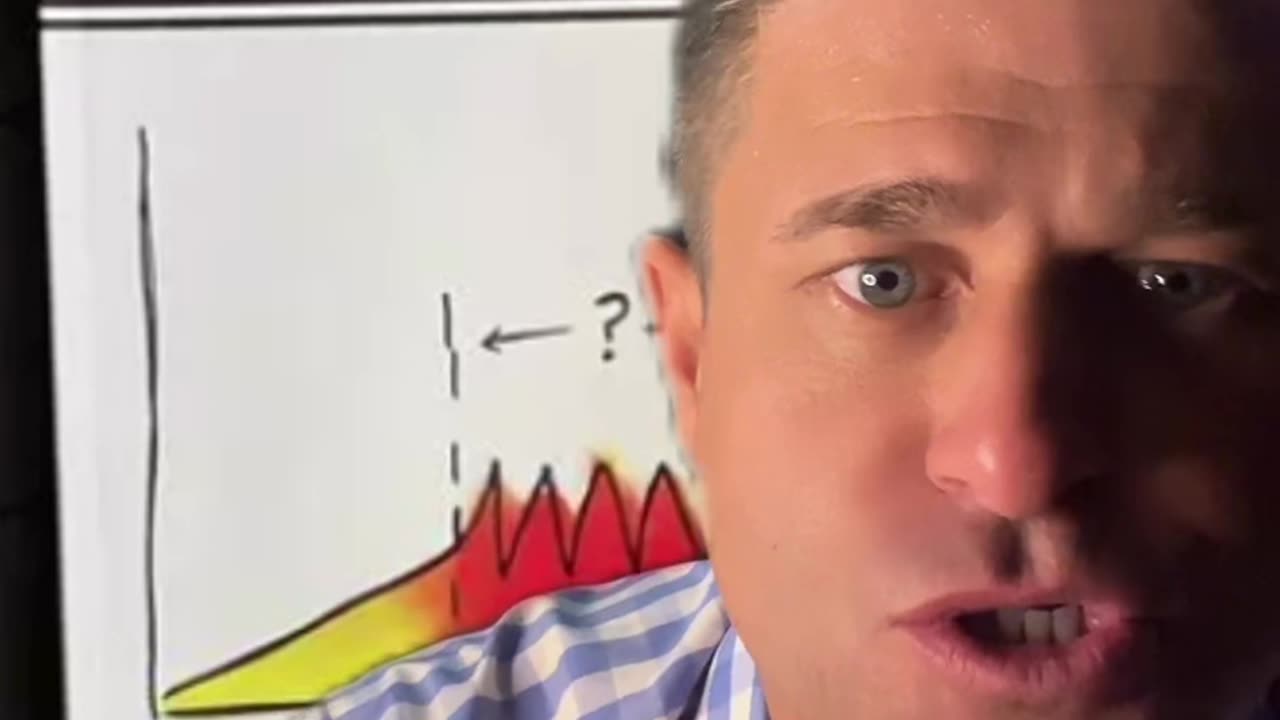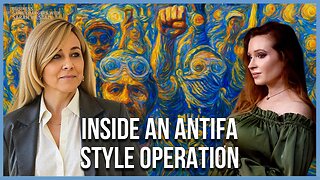Premium Only Content

Predictable Revenue (Aaron Ross) Versus Closed-Circuit Selling™
Aaron Ross’ Predictable Revenue model, once heralded as the blueprint for SaaS growth, has led to deep structural failures in go-to-market strategy that now cripple enterprise revenue teams. What was once a novel approach to outbound sales has, over time, fragmented customer engagement, eroded cross-departmental alignment, and created systemic inefficiencies that modern organizations are now struggling to fix.
In contrast, Closed-Circuit Selling™️ inside CRO School (by Adem Manderovic and George Coudounaris) restores full end-to-end alignment—rebuilding what the Predictable Revenue model dismantled. Here’s how:
⸻
1️⃣ From Specialization to Siloed Chaos
How Predictable Revenue Broke Organizations:
• Ross’ model split sales teams into SDRs, AEs, and CSMs, creating transactional handoffs instead of continuous customer alignment.
• This disconnected revenue teams from the full customer journey, leading to misaligned goals, miscommunication, and a fragmented experience for buyers.
• The artificial separation of outbound prospecting from sales execution led to low-quality pipeline, wasted resources, and weak sales-marketing synergy.
🔴 Downstream Impact: The model fueled volume-driven outreach instead of precision selling, which led to bad-fit customers, churn, and deteriorating trust in the sales process.
✅ Closed-Circuit Selling™️ Fix:
• No artificial SDR → AE → CSM handoffs. Every motion is orchestrated in one continuous revenue system.
• Marketing, Sales, and Customer Success are fully integrated—ensuring that from demand capture to expansion, there’s no misalignment.
• Revenue leaders stop measuring success in leads and pipeline—they measure it in successful customers who generate repeatable revenue.
⸻
2️⃣ Demand Generation & Sales: A Broken Feedback Loop
How Predictable Revenue Created a Marketing & Sales Disconnect:
• The model prioritized outbound cold prospecting over inbound demand creation.
• Sales teams became addicted to brute-force outbound, ignoring market signals, demand trends, and natural buying intent.
• Marketing teams became an afterthought—reduced to lead generators instead of full-funnel revenue enablers.
🔴 Downstream Impact: This destroyed the natural feedback loop between marketing and sales, leading to pipeline bloat, inconsistent messaging, and unpredictable revenue cycles.
✅ Closed-Circuit Selling™️ Fix:
• Marketing doesn’t just generate leads—it controls pipeline quality.
• Sales only engages when the demand signal is validated, ensuring higher conversion rates and fewer wasted efforts.
• Real-time feedback loops ensure sales execution improves continuously, instead of operating in isolation.
⸻
3️⃣ The Post-Sale Nightmare: Why Predictable Revenue Kills Expansion & NRR
How Predictable Revenue Broke Customer Success:
• With an over-focus on acquisition, Ross’ model treated retention and expansion as an afterthought.
• CS teams were forced to repair the damage caused by aggressive sales tactics that prioritized short-term pipeline over long-term growth.
• No strategic alignment between customer acquisition and customer lifetime value (LTV).
🔴 Downstream Impact:
• High churn rates from poor-fit customers sold by disconnected sales teams.
• CS teams fighting uphill battles with customers who were closed without the right expectations.
• Loss of expansion revenue because CS lacked the insights from sales to drive upsell motions.
✅ Closed-Circuit Selling™️ Fix:
• Every sale starts with the full lifecycle in mind—if a customer can’t expand, they shouldn’t be sold to.
• Post-sale teams feed insights back to marketing and sales, continuously refining the ICP and creating a self-improving revenue system.
• Net Revenue Retention (NRR) becomes the North Star, replacing short-term acquisition metrics.
⸻
4️⃣ Why Enterprise Organizations Are Replacing Predictable Revenue with Closed-Circuit Selling™️
Legacy sales methodologies—including Predictable Revenue—are tactical at best, dangerous at worst. They create revenue instability, misalignment between departments, and a broken customer journey.
🔴 Aaron Ross’ Model → Created transactional, short-term sales motions that cause revenue inconsistency.
✅ Closed-Circuit Selling™️ → Creates an end-to-end, precision-aligned system that ensures revenue stability and sustainable growth.
CRO School isn’t just a sales program—it’s the blueprint for replacing broken legacy revenue systems with an aligned, scalable motion that enterprises can actually trust.
-
 LIVE
LIVE
Sarah Westall
3 hours agoDomestic Terror Operation: Death Threats, Smear Campaigns, Gang Stalking w/ Journalist Sarah Fields
196 watching -

Nerdrotic
3 hours ago $4.12 earnedGobekli Tepe Discovery and "Reconstruction" | Forbidden Frontier #118
27.3K2 -
 29:07
29:07
Tactical Advisor
3 hours agoATF Changes Ruling on SBR & Tacpack unboxing | Vault Room Live Stream 039
28.2K9 -
 2:00
2:00
From Zero → Viral with AI
9 hours agoAre You Being Left Behind? Why AI Marketing is No Longer Optional
7 -
 9:10
9:10
BlackDiamondGunsandGear
7 hours agoI Finally Got it! / Now i need to BUILD IT!
2071 -
 9:44
9:44
Millionaire Mentor
3 days agoCharlie Kirk Brings Woke Student To STUTTERING Over White Privilege Lies
1535 -
 24:12
24:12
MudandMunitions
8 hours agoOff-Roading with NYPrepper Wild Elk & PA’s Most Remote Backroads
23 -
 LIVE
LIVE
Bannons War Room
7 months agoWarRoom Live
5,119 watching -
 LIVE
LIVE
IsaiahLCarter
7 hours agoAPOSTATE RADIO 029: Leftist Violence, & NYC's Mayor's Race (Guests: Lattina Brown and David Sivella)
66 watching -
 10:03:41
10:03:41
LFA TV
14 hours agoLIVE: CHARLIE KIRK VIGIL SERVICE!
162K60